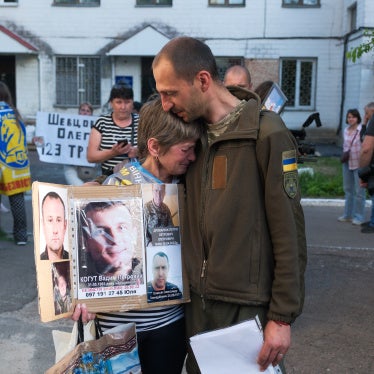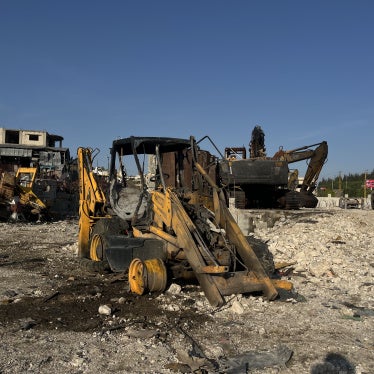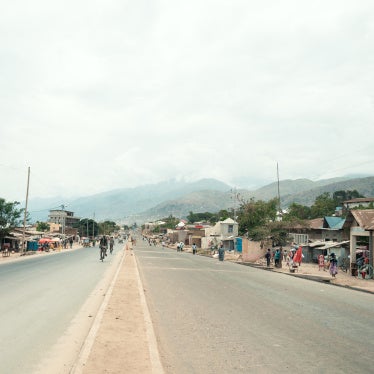Thank you, Mr. Chairman
Thirty-two years after the adoption of Protocol III on Incendiary Weapons, states parties should recognize the need to revisit the instrument. The protocol’s rules are outdated and inconsistent and do not meet contemporary humanitarian needs.
Incendiary weapons lead to exceptionally cruel suffering to civilians. They cause chemical burns that can penetrate to the bone. They produce terrible scarring and disfigurement. The victims who survive endure painful treatments, suffer from psychological trauma and, in some cases, are ostracized by society.
Protocol III has failed to eliminate that harm due to two significant loopholes. First, the definition covers only those weapons “primarily designed” to set fires or cause burn injuries. As a result, it does not clearly address other weapons, such as white phosphorus munitions, that have incendiary effects and therefore can cause the same kind of suffering.
Second, Article 2 creates an arbitrary distinction between air and ground incendiary weapons. It prohibits all use of air-dropped models in concentrations of civilians, but it has only convoluted and impractical regulations on the use of ground-launched models in the same areas. This difference is unwarranted and dangerous because incendiary weapons cause the same kind of humanitarian harm regardless of the delivery method.
The continued production, stockpiling, and use of incendiary weapons demonstrate the effect of the shortcomings of Protocol III. At least 29 countries have produced 182 types of incendiary weapons. In Libya in 2011, Human Rights Watch documented spilling drums of napalm powder and stocks of white phosphorus abandoned in unsecured weapons depots by Gaddafi’s forces. Incendiary weapons, in the form of white phosphorus, have also been used in several recent conflicts. Indeed, this week, the press has published photographs of an attack involving white phosphorus in a populated area in Syria. Human Rights Watch hopes to get more information on this attack soon.
Human Rights Watch recognizes that progress at CCW proceeds gradually and deliberately and that there are other issues on the table. But we urge states to continue discussions on incendiary weapons within this forum. We appreciate those who have—this week and previously—expressed concerns about these weapons and willingness hold discussions on Protocol III. We call on other states to express similar positions here and in future CCW meetings, with an eye to establishing an experts meeting to revisit Protocol III.
Mr. Chairman, to respond to the statements yesterday by two governments that information in a Human Rights Watch publication on incendiary weapons was incorrect, we would like to note that in both cases, the information consisted of direct quotations from remarks made at the Review Conference last year.
In his message to the Meeting of High Contracting Parties, the Secretary-General said that CCW’s achievements on incendiary weapons “should not be taken for granted.” He urged parties “to increase efforts to raise awareness and strengthen these rules,” which is “integral to the Convention’s long term effectiveness.”
Discussing incendiary weapons in the CCW forum not only is timely, needed, and highly relevant, but also could help breathe new life into the convention. More important, it would address a compelling humanitarian issue and represent a step toward minimizing civilian suffering from these cruel weapons.
Thank you.





